Last updated on February 28, 2024

Main Event Horizon (Unfinity) | Illustration by Mike Burns
Ah, the main phase! Fiercely competing with the end step for the title of “Worst-Named Term In Magic!”
Just like the end step’s not really the final step of a turn (it's more like the beginning of the end), the main phase is not one phase, but two. Main phase refers to both the second and the fourth phase in an MTG turn, which may explain why some folks find the topic confusing: The game uses the singular to describe the plural.
So let's find out what's what. We’re going to get into the meat and potatoes of an MTG turn’s main course(s}!
What Is The Main Phase in MTG?

Neheb, the Eternal | Illustration by Chris Rahn
In Magic, the two main phases of your turn are the only time in which you can normally cast non-instant spells like artifacts, creatures, enchantments, planeswalkers, battles, and sorceries. It's also when you can normally play a land.
Several keywords and effects let you circumvent the above (which is part of the fun of Magic; take that, “normally”!). But normally that's what sets the main phases apart from other phases in a Magic turn: You can play lands and cast non-instant spells.
In MTG lingo, this is often called “playing at sorcery speed” because the main phase is when you can cast sorceries.
As a refresher, a turn in Magic has five phases:
- Beginning phase (which includes the untap, upkeep, and draw steps),
- Precombat main phase,
- Combat phase,
- Postcombat main phase,
- Ending phase.
As noted, there are two main phases: one right before combat, another right after.
Some cards and effects only apply to one of them. For example, Black Market Connections triggers at the start of your precombat main phase, while Neheb, the Eternal triggers at the start of your postcombat main phase. In particular, sagas add a lore counter at the start of your precombat main phase.
Several cards like Return to Dust just refer to your main phase without specifying which – in that case, it means either of your two main phases.
How Does the Main Phase Work?
At the start of your main phases you get priority and can choose to play a land (you retain priority if you do), cast instant or noninstant spells, activate abilities, or pass priority.
Other players can choose to respond by casting instant spells and activating abilities, and pass when they are done.
Once spells on the stack resolve and the stack is empty, you receive priority again and have the opportunity to repeat the process (activate abilities, cast all types of spells, play a land if you haven't done so already, etc), or pass priority. Other players may respond or pass.
Once the stack is empty and all players pass in succession, the main phase automatically ends.
If it's the precombat main phase, the game proceeds to the combat phase. If it's the postcombat main phase, the game proceeds to the ending phase.
What Can You Do During Your Main Phase?
During your main phases, you can play a land and cast all types of spells (as long as you have enough mana, of course). You can also activate abilities as long as you meet their other requirements.
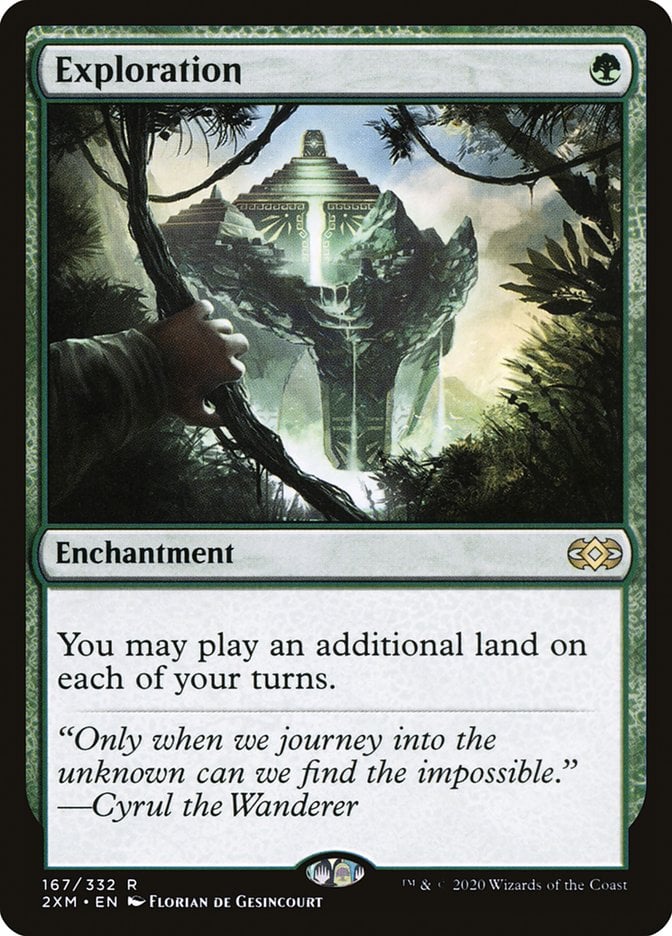
You can only play lands during your main phases, and only when the stack is empty and you have priority. And only once per turn – if you play a land in your precombat main phase, you don't get to play another in your postcombat main phase (normally – cards like Exploration may have a different opinion on this matter).
Playing a land doesn’t use the stack, and you retain priority.
During your main phases you can also cast any type of spells. In particular, you can cast creatures, planeswalkers, battles, artifacts, sorceries, and enchantments – that's kind of the main phase's main “thing,” being able to cast your non-instant spells. You need to have priority and the stack must be empty for you to cast non-instant spells, which go on the stack.
And you can activate abilities, including those with the “only as a sorcery” caveat. Since this is sometimes a confusing topic: It's fairly common for activated abilities to have a restriction that says “activate only as a sorcery,” as seen on Grim Hireling or Etali, Primal Conqueror.
This is also how loyalty abilities on planeswalkers work: They can only be activated during your main phase while the stack is empty.
Sometimes players get confused and think that all activated abilities work this way, but that's simply not true. Unless the card specifically says so, the default timing for an activated ability is “whenever you could cast an instant,” so you can cast them at any time you have priority, not just during your main phase.
But if an activated ability does specify “only as a sorcery,” or the rules state that it only works on your main phase (like planeswalkers' loyalty abilities), then you can only activate it during your main phases when the stack is empty and you have priority (the same conditions to cast a sorcery).
Do You Get Priority During Your Main Phase?
Yes!
If it's your turn, you are the first player to get priority right at the start of each of your main phases. And you will also be the first to get priority whenever the stack becomes empty.
Unlike the other phases, the main phase has no steps. Therefore, the main phase simply ends when all players pass in succession while the stack is empty.
Note that the stack becoming empty doesn’t suffice to finish a phase: The stack must be empty and all players must pass priority (with the stack remaining empty) for the phase to be over.
Can You Respond to Main Phase Abilities?
Yes. Any player can respond to any ability that goes on the stack during the main phase.
Responding to an effect means putting something on the stack on top of the effect you are responding to. Remember that if the stack isn’t empty you can only play instant-speed effects (like instant spells, flash creatures, and activated abilities that don't specify that you can only activate them as sorceries).
Can You Skip Your Main Phases?
Technically no, but in practice yes.
Technically speaking, each of your turns has both main phases even if nothing happens in them, and even if it's actually impossible for something to happen.
For example, say you’re the player that goes first, it's your very first turn, and in your precombat main phase you play a land that enters the battlefield tapped. Needless to say, nothing can happen in your combat phase (nobody has creatures on the board yet), and nothing can happen in your postcombat main phase (nobody can generate mana and you've already played a land). So in practice, both the combat and the second main phase get skipped here – but technically speaking, they still take place, it's just that nothing happens.
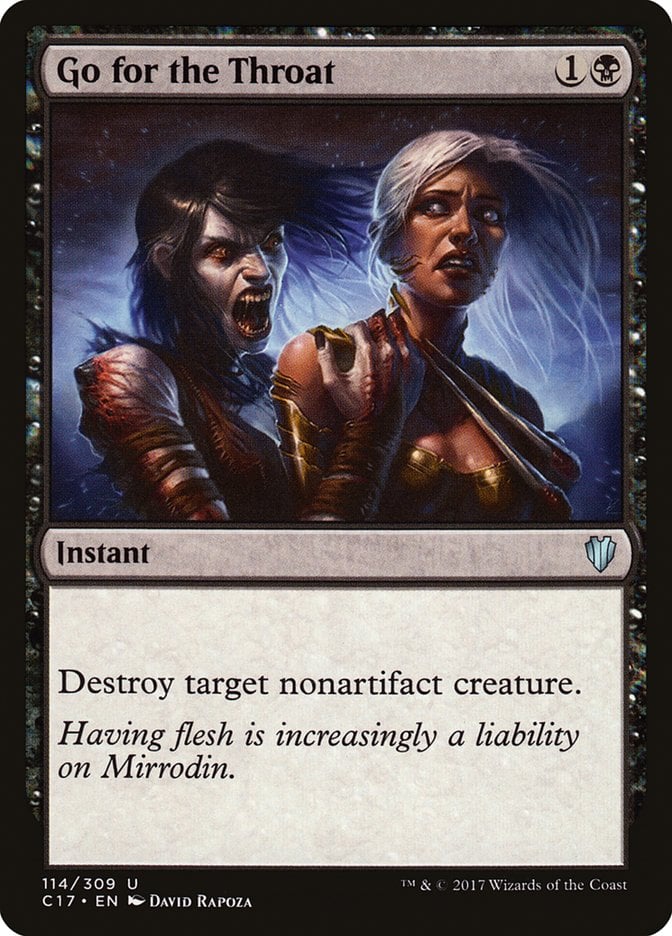
You can also choose to do nothing during your main phase, even if you could. In this case, you can “skip” your main phase in the sense of telling other players “I'm not taking any actions here,” and passing priority. But your main phase still takes place and, crucially, your foes can cast an instant or activate an ability at this time. For example, your foe can kill one of your creatures during your precombat main phase with an instant like Go for the Throat even if you don't do anything in that phase other than passing priority.
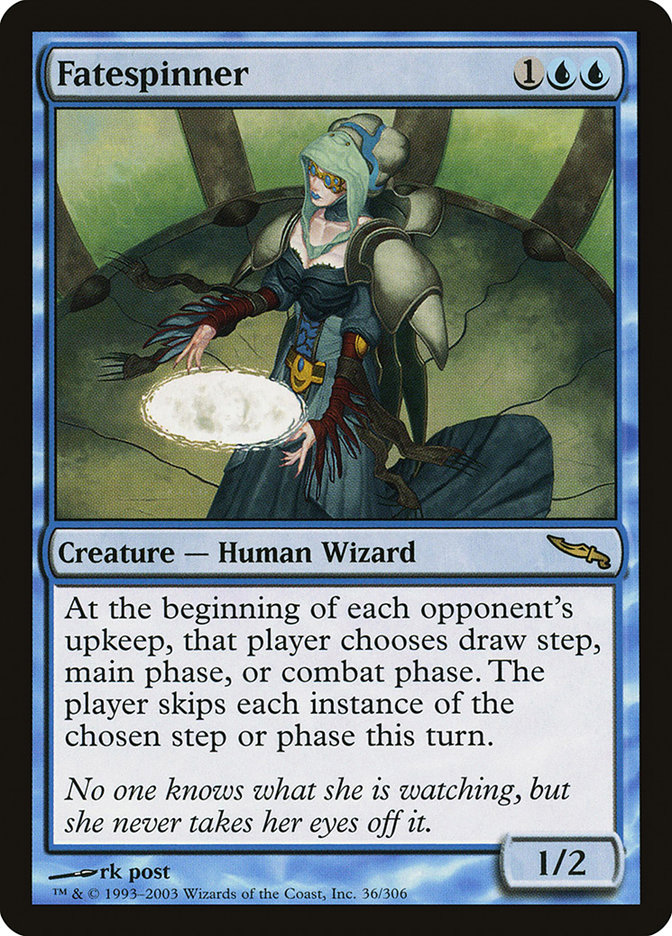
On the other hand… as you may imagine, some cards do mess with the turn structure and can skip the main phase. With a Fatespinner in play your foes will be forced to choose a step or phase to skip. If they choose to skip their main phase, then it's gone during that turn (as in, it's skipped for good; never happens, nobody can cast or activate anything).
Can You Activate Abilities Before Your Main Phase?
Yes. You can activate an activated ability at any time you get priority, and during your turn you (normally) get priority at least twice before your precombat main phase.
Specifically, you get priority at two spots during the beginning phase: First during the upkeep step (right after the untap step), and again during the draw step (right after the upkeep step). Those two spots happen before your precombat main phase so you get a chance to activate abilities here.
You also get priority at the “end of combat” step (and during most prior steps during the combat phase), so you get plenty of opportunities to activate abilities before your postcombat main phase.
As noted above, some activated abilities have an ” activate as a sorcery” caveat and in that case you can only activate them during your main phase, not before (or after). But the default for activated abilities is “any time you get priority” and therefore you can activate them outside of your main phases.
Can You Play Lands on Your Second Main Phase?
Yep!
You can (normally) play only one land per turn, though. So you can't play a land in your second main phase if you've already played a land in your first. But you can play your lone land in any of your two main phases, as you prefer.
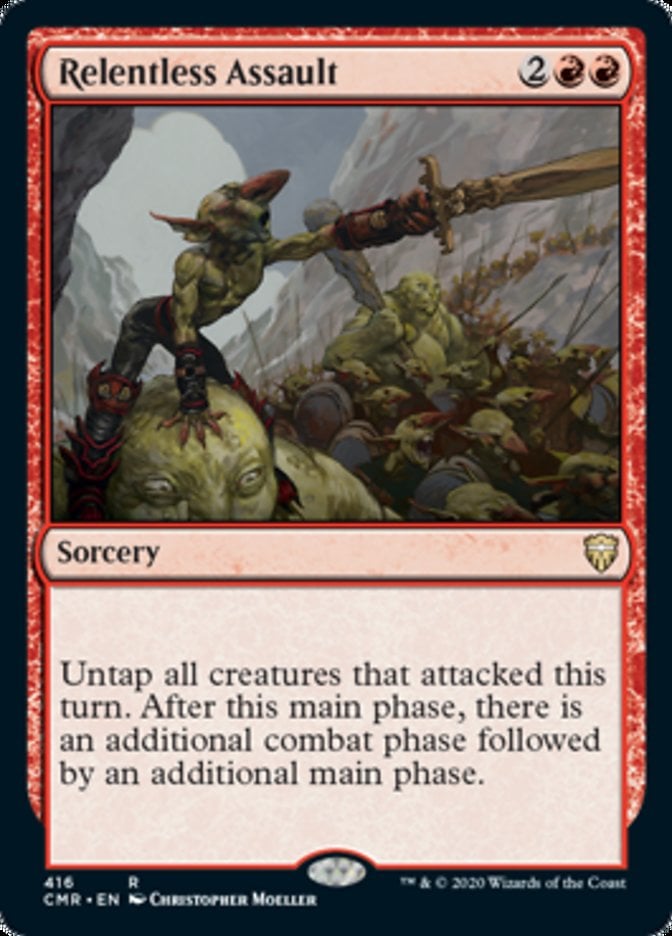
Or even in your third main phase, if you somehow manage to add an extra main phase to your turn, like with Relentless Assault
Wrap Up
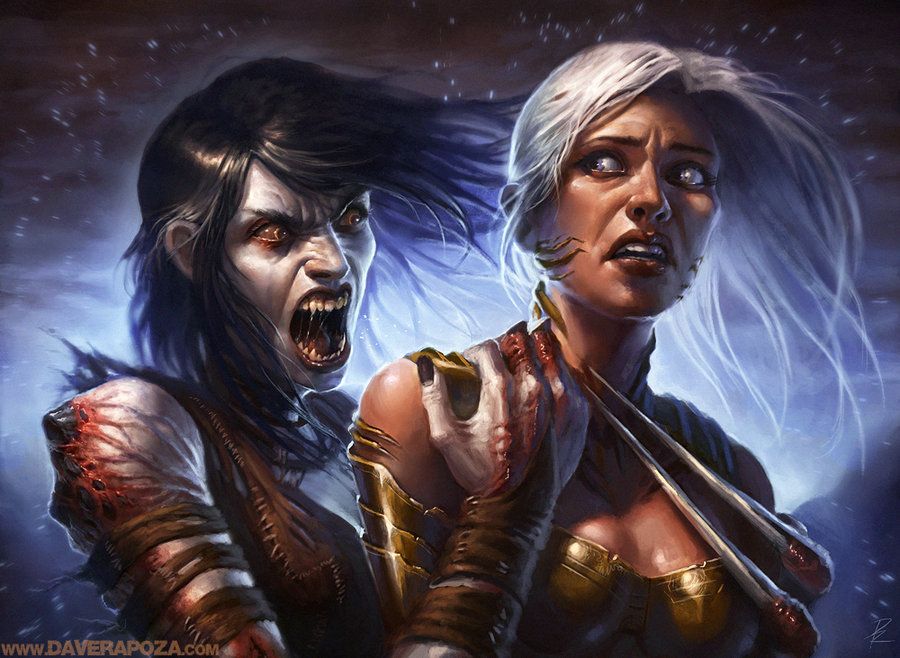
Go for the Throat | Illustration by David Rapoza
And that’s mainly it!
On the one hand, the MTG designers could certainly have used a better naming convention and at least chosen the plural. They do have their historical reasons, though. Back in the good ol' days, when we played Magic with unsleeved cards while walking uphill in the snow (both ways!), combat was something you could do during your main phase, and after attacking you could continue doing main-phase-y stuff. In that sense, combat was pretty similar to playing a land: an action you could take once per turn during your main phase. The 6th Edition rules brought us the current turn structure but, alas, without clearer labeling.
On the other hand, the main phase is fairly simple once you wrap your head around it: It's when you get to play lands and cast non-instant spells like creatures, artifacts, and enchantments. And there are (normally…) two of them each turn.
If you have further comments or questions please drop a comment below, stop by the Draftsim Discord for a chat, or ping me on the social network formerly known as Twitter.
And good luck out there!
Follow Draftsim for awesome articles and set updates: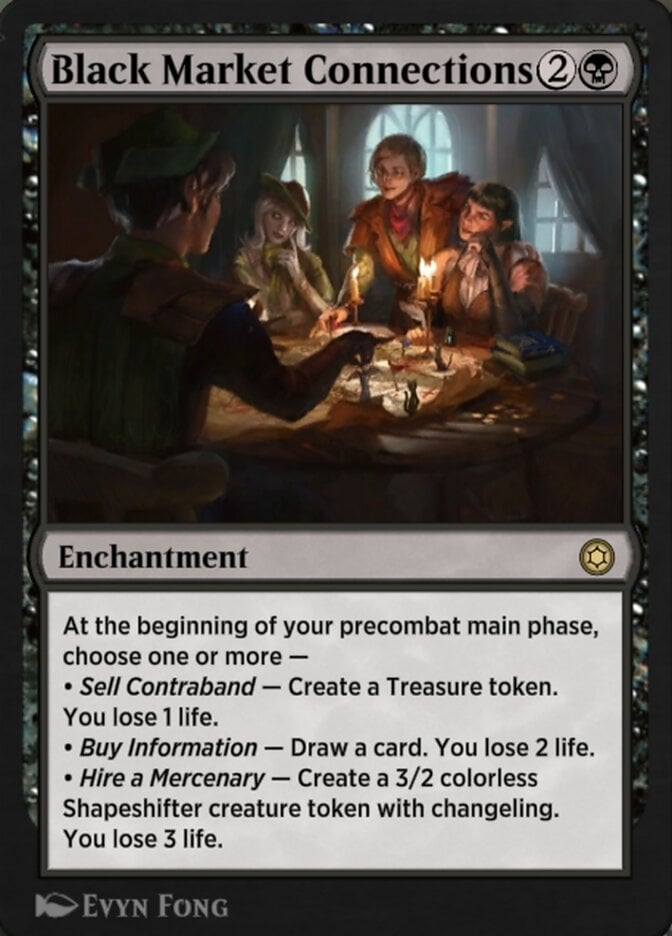
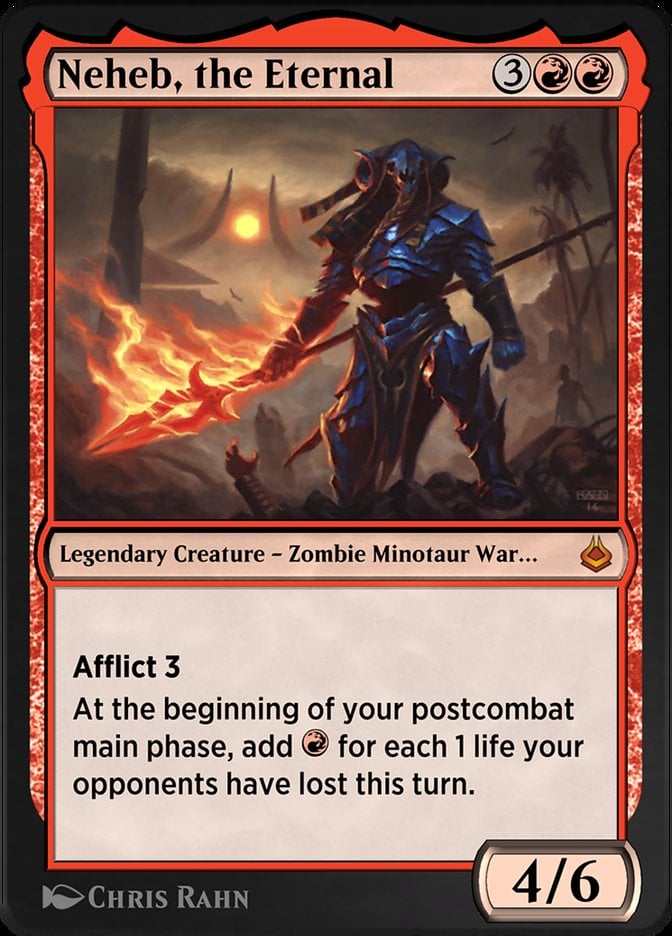


Add Comment